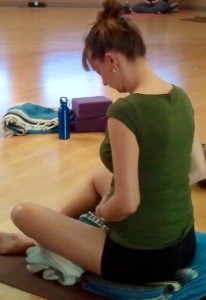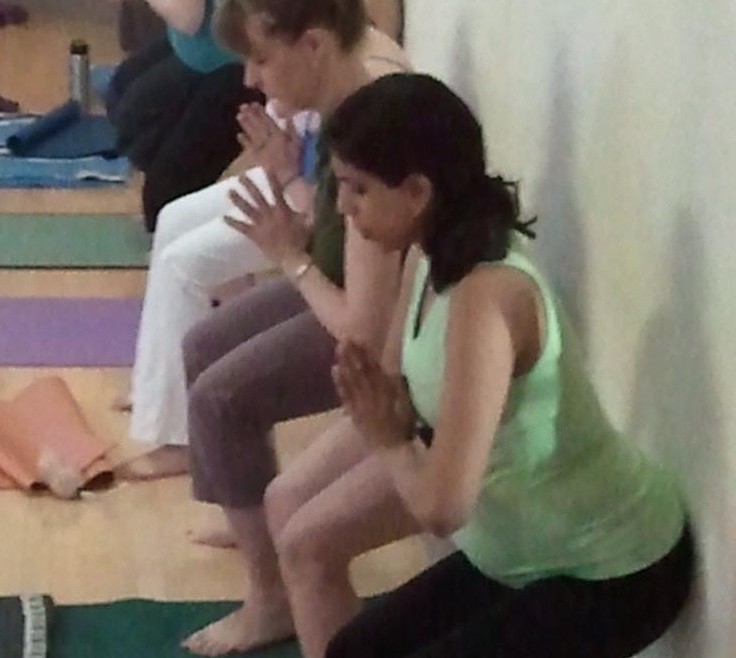Growing Families: You are not alone.
Caring partners in our community expertly, professionally, and compassionately support women and families during childbearing years.
As a long time prenatal yoga teacher, I ensure that moms in my classes experience safe, appropriate, and accessible yoga practices. My students are informed of the variety of trusted resources gathered on this page.

Thanks to my wonderful friend, partner, and doula colleague Shannon Cheeseman, I am sharing interviews* with our mutual partners from the BodyCentral Pelvic Floor physical therapy team about pre and post-partum pelvic floor health.
Stay tuned for Part II of Shannon’s interview focused on postpartum recovery. Coming in future posts: I will be focusing Pelvic Floor Health and The Post-Menopausal Years.
*Original Article on Shannon’s website.
Prenatal Care
Most pregnancies come with the occasional aches and pains as relaxin loosens ligaments, the weight of a growing baby stresses the back and round ligaments, and the pelvis expands to accommodate baby.
Of course, the self-empowerment inherent in prenatal yoga is key. According to Dr. Melissa Buss of Body Central Physical Therapy:
Prenatal Yoga is Complementary with Pelvic Floor Physical Therapy!
“There is a wonderful overlap between the Prenatal Yoga that you teach and the Pelvic Floor Physical Therapy we offer. That includes the breath work, normalization of aligned posture, and just making sure expectant moms are comfortable. We love knowing you have the expertise that supports and complements what we do.
“Yoga also is a preventative approach, so that women can maintain self-management. And once they have tranisitioned out of the acute phase that we treat, more self-management through yoga offerings is again quite complementary.”

Other Complementary Therapies
Furthermore, massage and chiropractic care including the Webster Technique, even flotation in a sensory deprivation tank, can all help ease everyday discomforts. Check out the resource page for referrals!
How can Physical Therapy help a woman while she is pregnant?
Physical Therapy (PT) can help a pregnant woman with various pains and aches she has during her pregnancy. Contrary to popular belief, some pain is not just “part of being pregnant” and can actually be decreased with therapy. PT can help ease the common discomforts of round ligament pain, sciatica, lower back pain, pelvic pain, and rib pain. Incontinence can also be treated while a woman is pregnant.
Can Physical Therapy actually make birthing easier?
Yes! Learning your own best positions for birth can be determined during therapy using biofeedback. Physical Therapists are able to assist the mother-to-be in getting to know her pelvic floor tone and giving her the opportunity to look at various birthing positions with the biofeedback machine in terms of learning which muscles she is supposed to use and which ones will fight her during delivery.
A general understanding of pelvic floor activation/relaxation/bulge coordination allows for a better birth as the mom has better control of the musculature and this can reduce risk of muscle dysfunction, tearing and some discomfort. Also, there are specific exercises to strengthen the transverse abdominus, a deep core muscle that helps support the baby belly during pregnancy and also works to help push the baby out during delivery.
What is this biofeedback machine and how does it work?
The machine we use is called surface electromyography (sEMG for short). It uses an electrical current to visually show what the pelvic floor is doing during exercise and relaxation techniques. We place external electrodes on either side of the anus and one more on the gluteus maximus for a ground for the current to run through. The machine does not send electrical signal to the patient’s body, it simply reads what your body is doing. It’s challenging to feel what the pelvic floor is doing until you are tuned in with your body and this machine helps people get there.
Why is the pelvic floor so important in labor?
The pelvic floor is used as a major support in our body, especially during pregnancy. Your pelvic floor needs to be strong enough to support you and your baby but also relax enough to deliver safely and efficiently. Even if you didn’t have a vaginal birth, your pelvic floor just carried an extra 20-25 pounds for several months, it needs to recover and be strengthened again. After labor and birth, re-learning how to use these muscles to remain continent, support your body, and have a normal sex life are other very important aspects of life.
Many thanks to Doctors Maria, Madeleine, and Sarah for their contributions to this article. Body Central’s five pelvic floor physical therapists are at four locations in Tucson and Oro Valley http://www.bodycentralpt.net/
Stay tuned for Part II focused on postpartum recovery. Coming in future posts: Pelvic Floor Health and The Post-Menopausal Years.


1 Comment
Comments are closed.